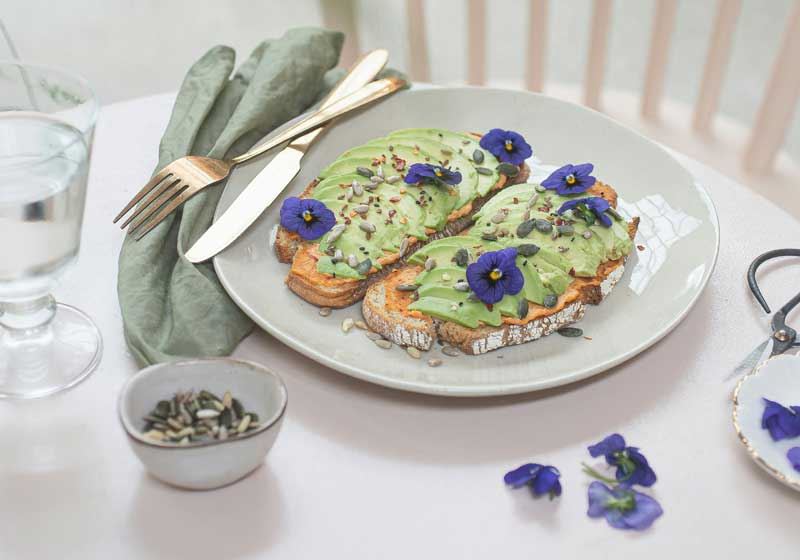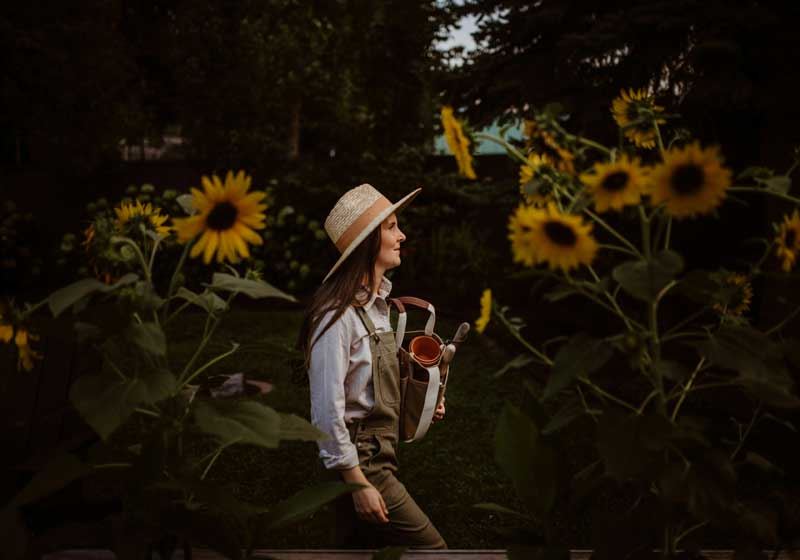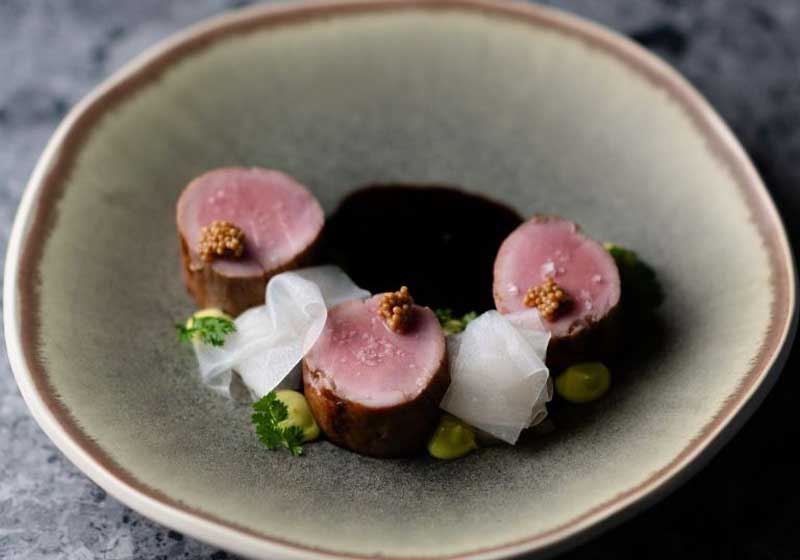By Marie-Antoinette Issa.
Foraging has gained immense popularity among food enthusiasts and nature lovers alike. It involves gathering wild food from natural landscapes, often leading to discoveries of unique flavours and a deeper connection with the environment.
In Australia, the abundance of native plants, fruit, seeds and herbs offers a treasure trove for aspiring foragers, but it’s essential to tread carefully and responsibly.
Here’s your beginner’s guide to foraging native Australian ingredients:
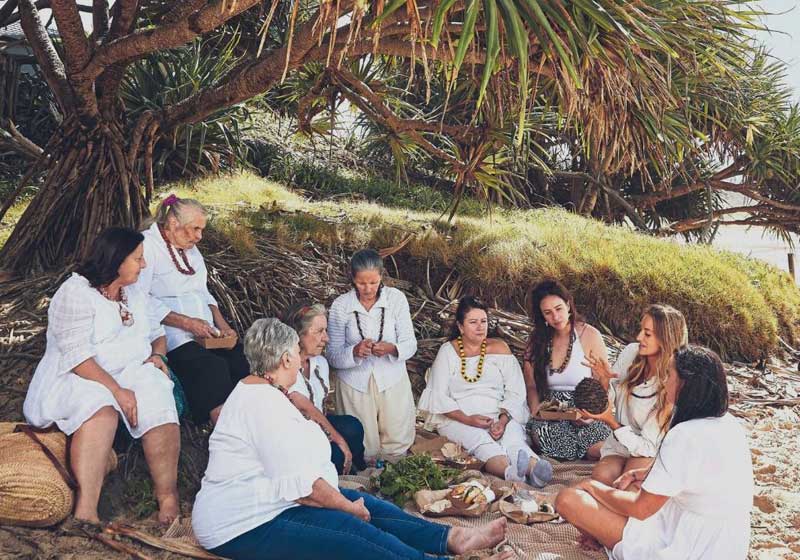
Photo credit: Karkalla Byron Bay.
What Is Foraging?
Foraging, the act of gathering wild, edible plants and other natural resources, dates back thousands of years and has recently become a modern food movement. It allows people to discover fresh, unprocessed ingredients with unique flavours while fostering a closer relationship with the natural world. However, foraging is not merely about finding food - it is also about respecting the land and its ecosystems. This balance between discovery and preservation makes understanding the rules and ethics of foraging essential.
Is Foraging Allowed in Australia?
In Australia, foraging laws vary widely depending on the state, the type of land and the species being collected. It is generally permitted to forage on private property with the landowner's permission, but public lands, including national parks and conservation areas, often have strict rules to protect ecosystems and native species. Many native plants are protected under Australian law, making it illegal to harvest them without proper authorisation.
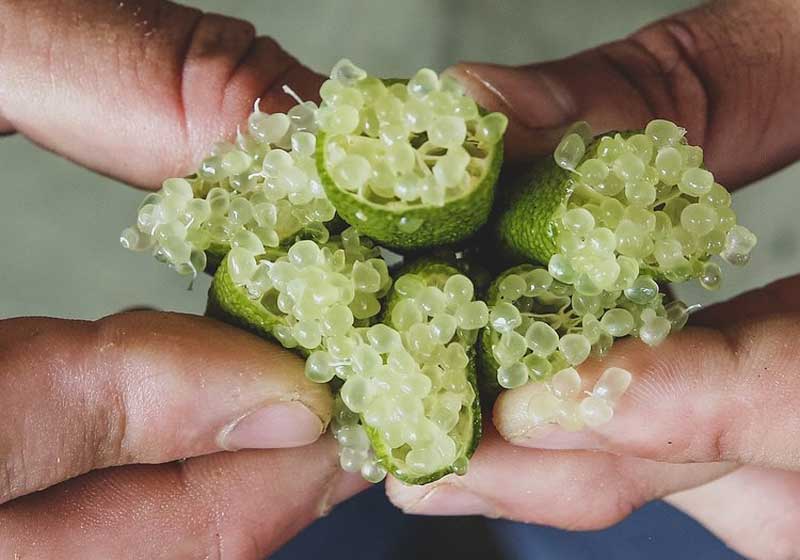
Photo credit: Karkalla Byron Bay.
Researching local regulations is crucial before setting out, as is ensuring your foraging practices do not harm the environment. For beginners, joining a guided foraging workshop led by experts is an excellent way to learn the ropes while adhering to the law and ensuring sustainability.
What to Look For
Australia’s native landscape offers an exciting variety of ingredients ideal for foraging. Wattleseed, harvested from the acacia tree, is a versatile and nutty-flavoured ingredient often used in baking or coffee blends. Finger limes, sometimes called ‘citrus caviar’, are small but pack a punch with their tangy flavour, making them perfect for garnishing dishes or cocktails. Lemon myrtle, with its bright, citrusy aroma, is another favourite, used fresh or dried in teas, marinades and desserts.
Kangaroo grass seeds can be ground into flour for bread or pancakes, offering an earthy taste. Quandongs, or ‘bush peaches’, have a tart flavour that suits jams, desserts and sauces. Bush tomatoes, small and tangy, add depth to chutneys, sauces and savoury dishes. For a more local experience, lillypilly berries and Warrigal greens are often found in urban gardens, offering additional options for beginner foragers.
Where to Find It
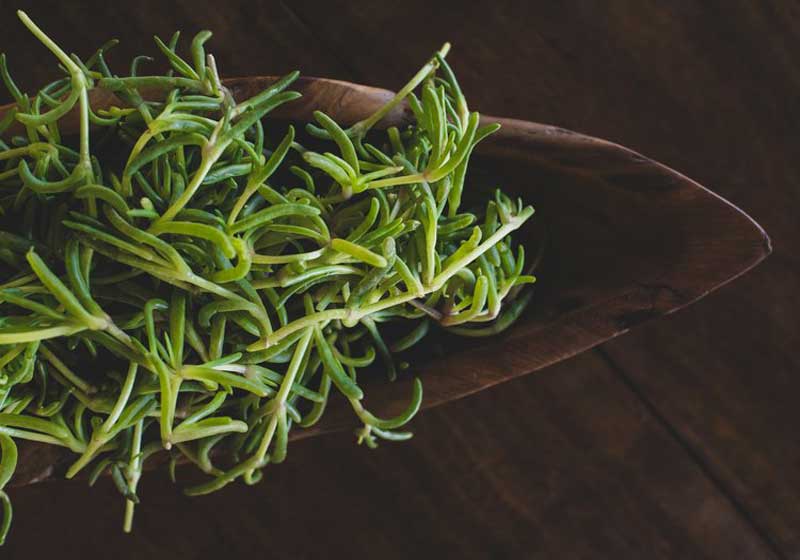
Photo credit: Karkalla Byron Bay.
Foraging opportunities abound in different landscapes across Australia. Coastal areas, with their sandy and rocky terrains, are ideal for finding sea vegetables, Warrigal greens and saltbush. Rainforests, especially in tropical regions, are rich in finger limes, Davidson plums and lemon myrtle. Open woodlands and grasslands often reveal wattleseed, bush tomatoes and kangaroo grass. Even suburban areas can offer surprises like lillypilly berries or Warrigal greens growing in local gardens, but always remember to seek permission before foraging in someone else’s yard.
How to Eat It
Once you’ve safely harvested native ingredients, there are countless ways to enjoy them. Wattleseed, for example, can be toasted lightly to enhance its nutty aroma, then ground into a powder for use in bread, biscuits, or even as a coffee flavouring. Finger limes, with their tiny, caviar-like pearls, can be scooped out and used to garnish dishes like fresh oysters or yoghurt.
Lemon myrtle leaves infuse beautifully into teas or custards, adding a refreshing citrus note. Quandongs are perfect for making jams, chutneys or tart fillings, while Warrigal greens work as a spinach substitute in salads or stir-fries once blanched. Bush tomatoes can be dried for long-term storage or incorporated fresh into sauces and stews.
Foraging Etiquette and Safety
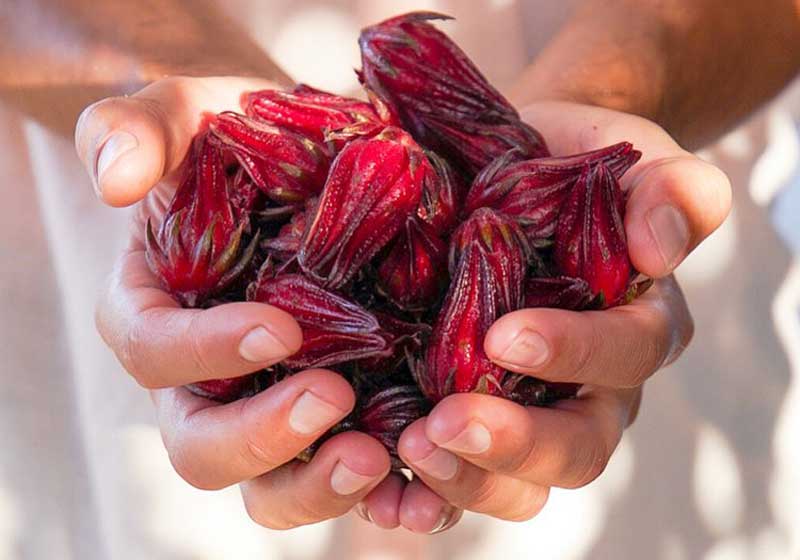
Photo credit: Karkalla Byron Bay.
Sustainability and safety are key to responsible foraging. It’s important to only take what you need, avoiding over-harvesting that could deplete resources or disrupt ecosystems. Accurate identification of plants is crucial, as misidentifying species can lead to poisoning; consulting field guides or experts is a good habit. Maintaining the integrity of the land by leaving it as you found it ensures that wildlife habitats remain undisturbed
Lastly, always wash your foraged ingredients thoroughly and follow any necessary preparation methods to remove potential toxins.
Ultimately, foraging for native Australian ingredients is a rewarding way to connect with the land while exploring its unique culinary treasures. By respecting nature, understanding the rules and experimenting with creative recipes, you can turn your foraged finds into a delicious feast. Grab a basket, learn the basics and embark on this exciting journey into Australia’s wild pantry.
AGFG acknowledges the Traditional Owners of Country throughout Australia and their continuing connection to land, sea and community. We pay our respects to them and their cultures, to the Elders past, present and emerging.



